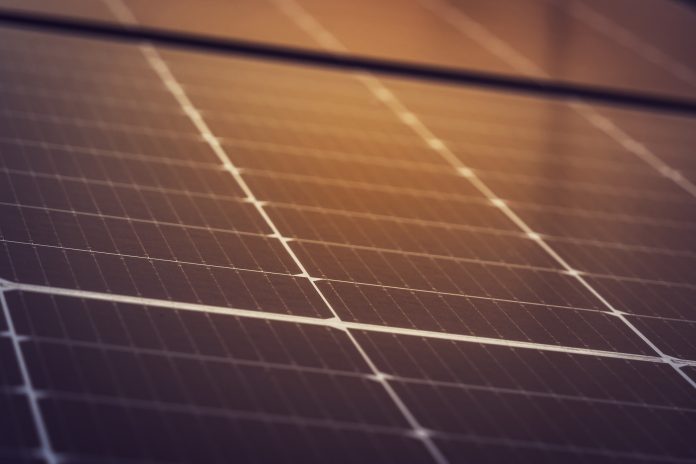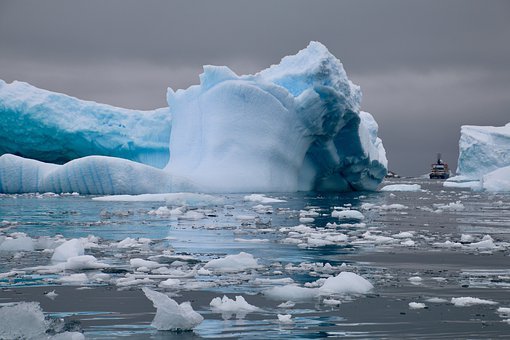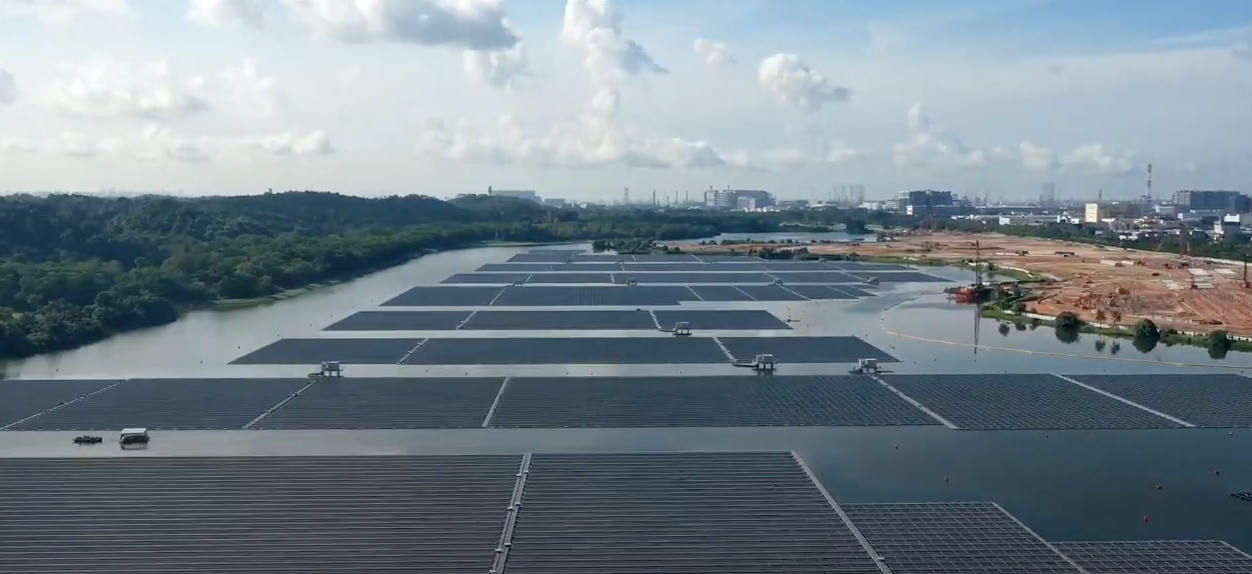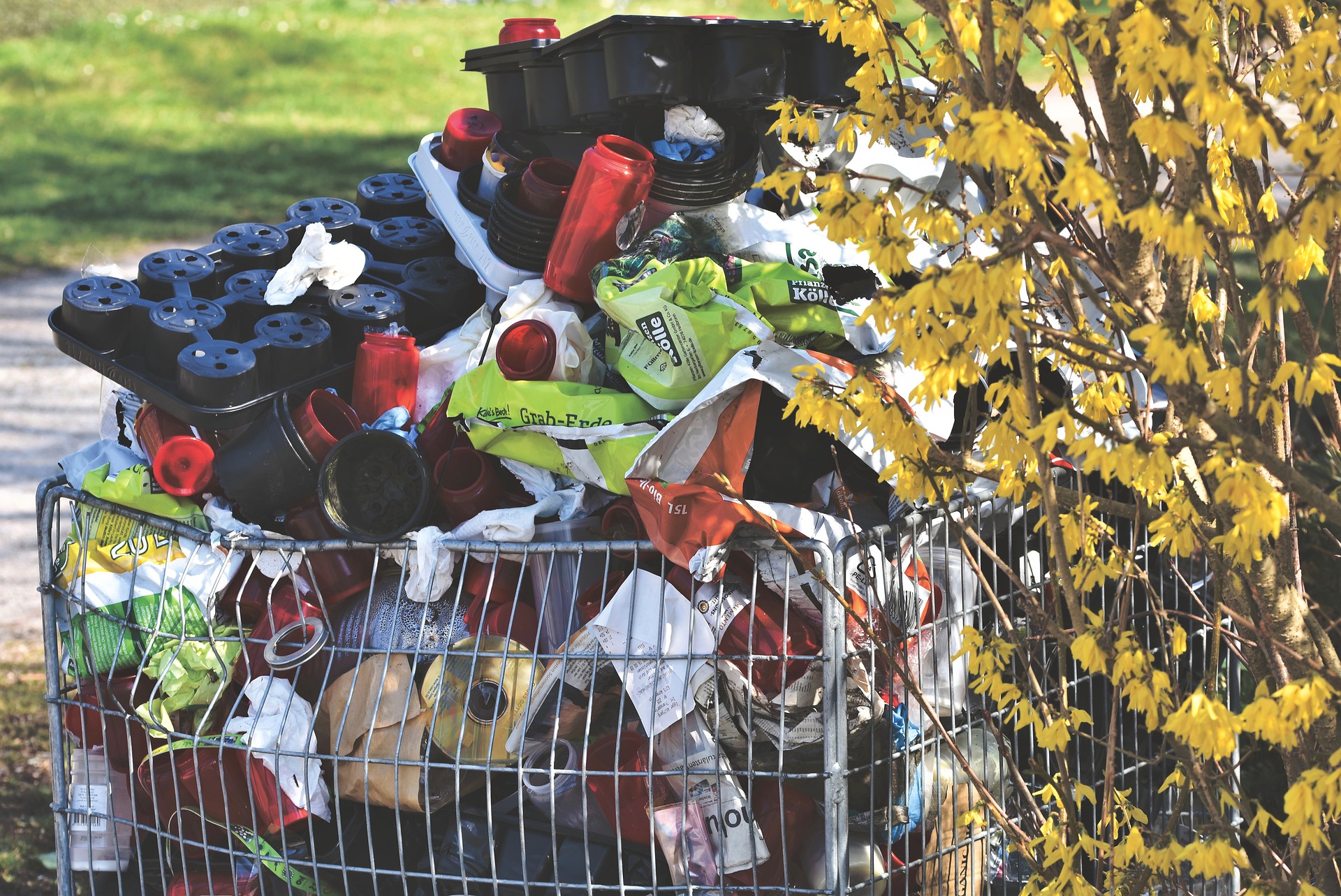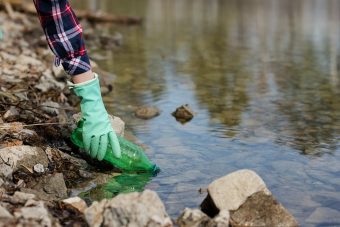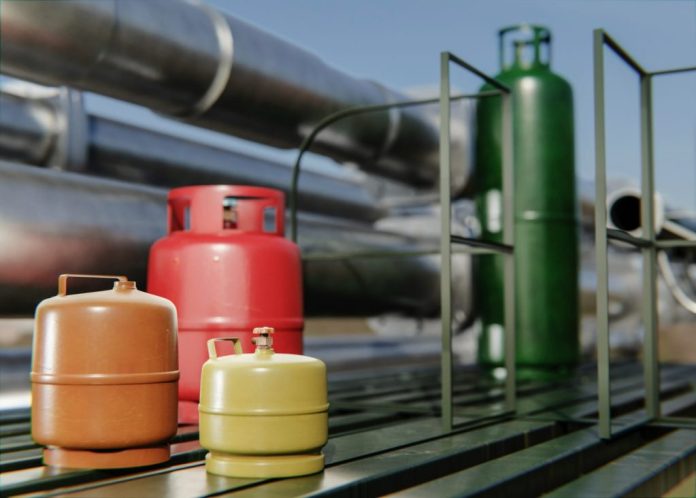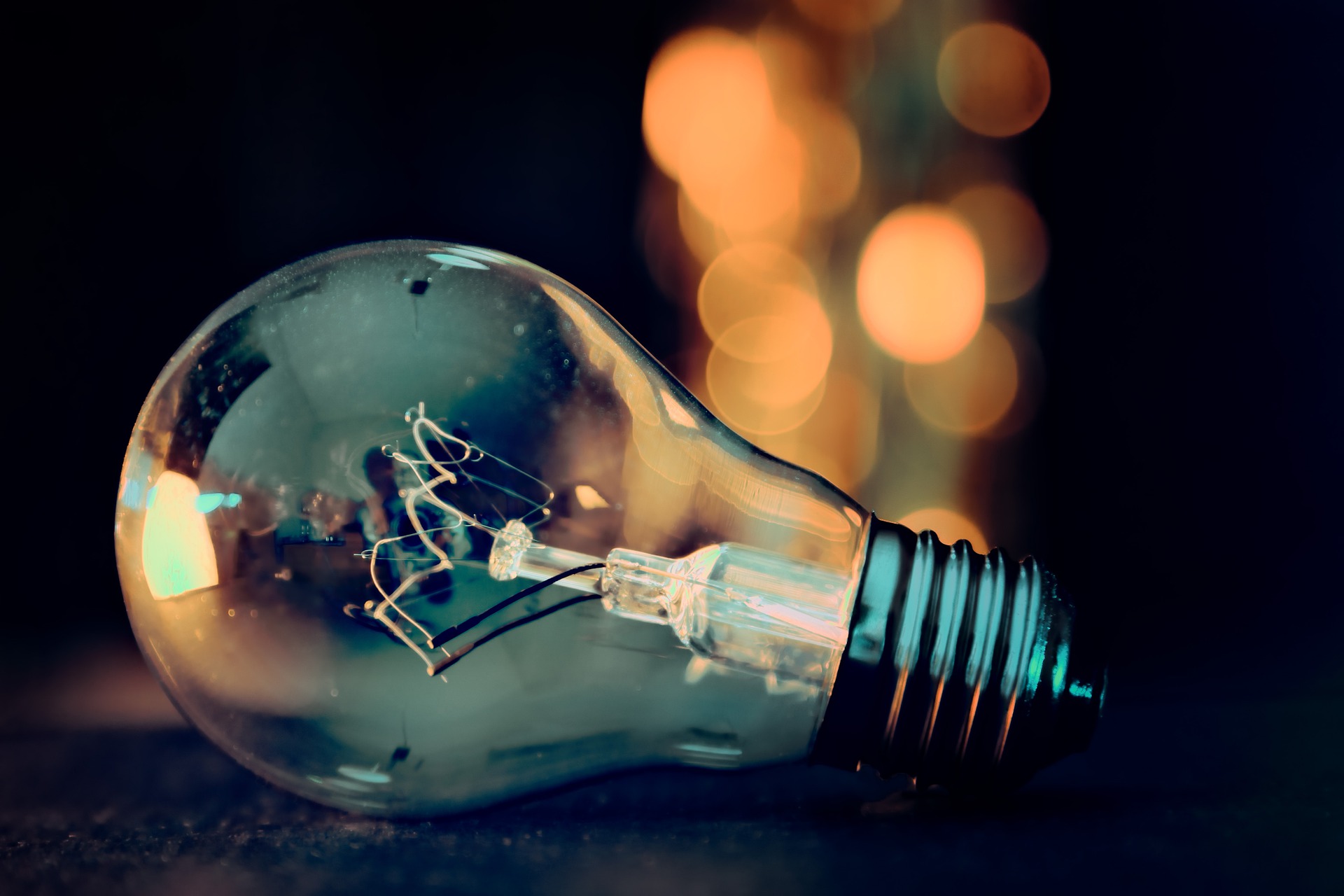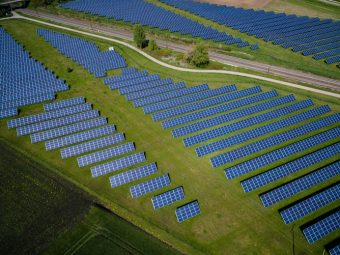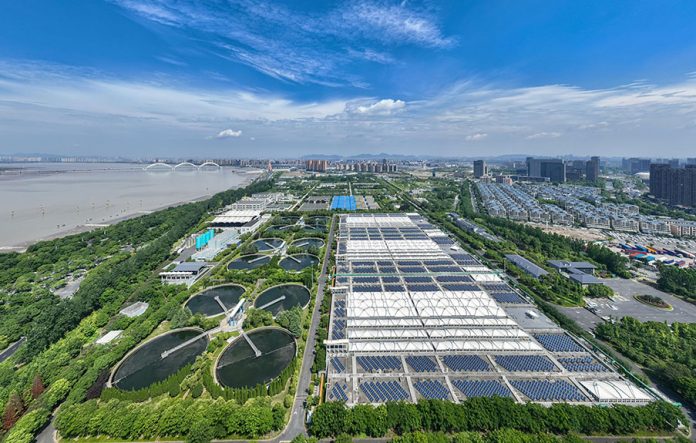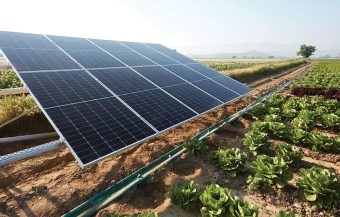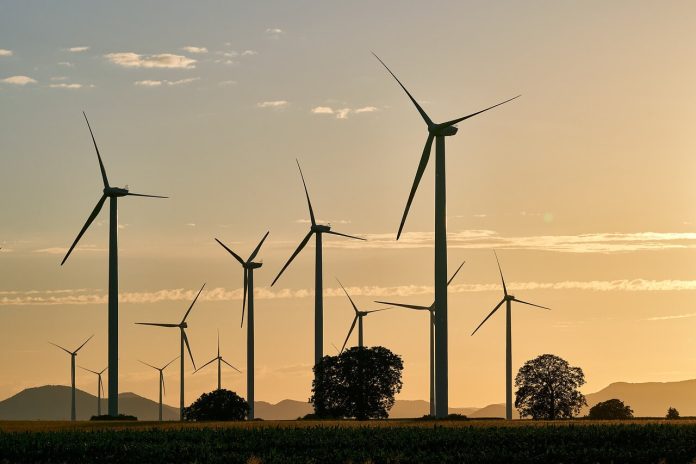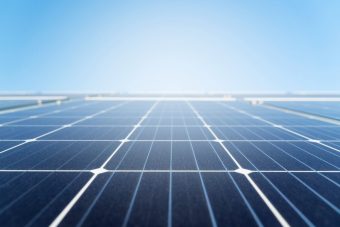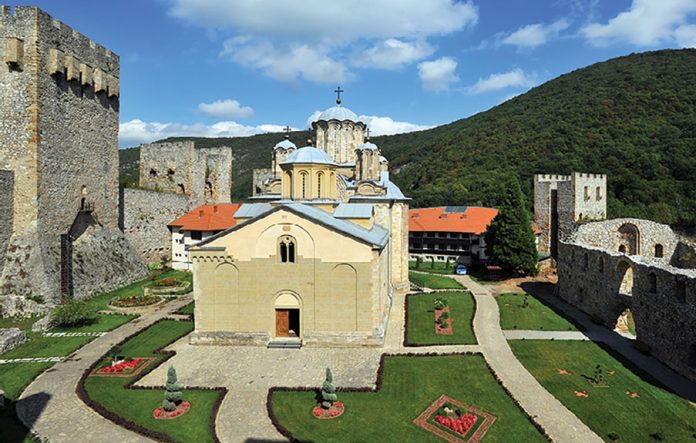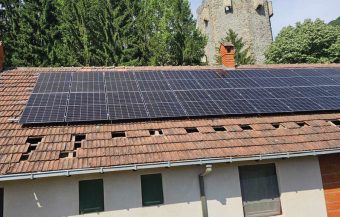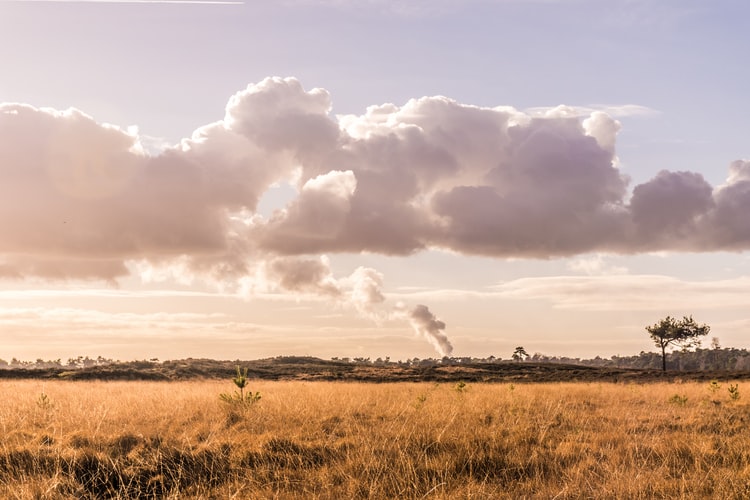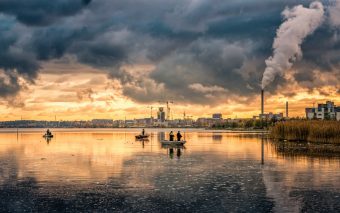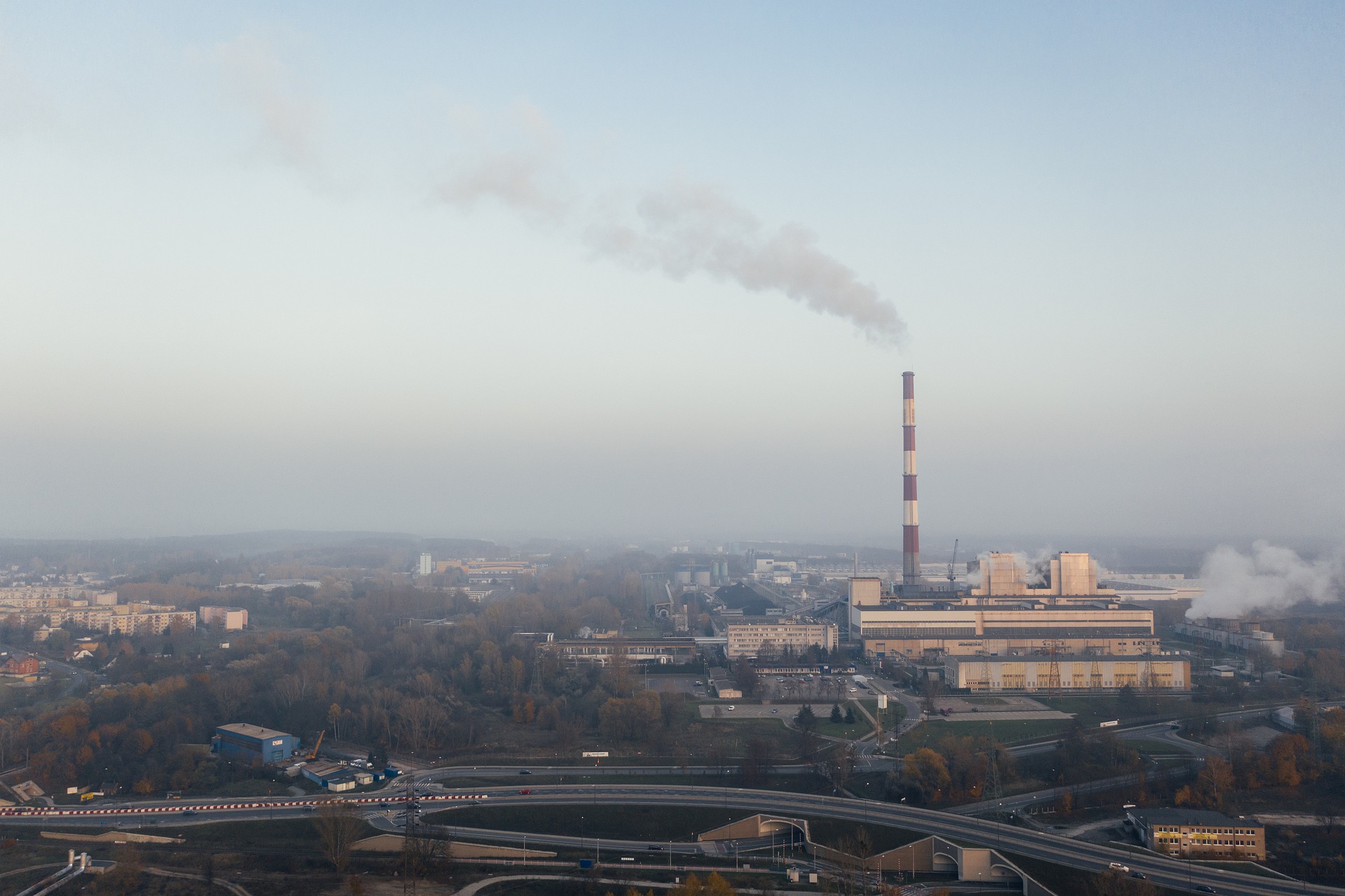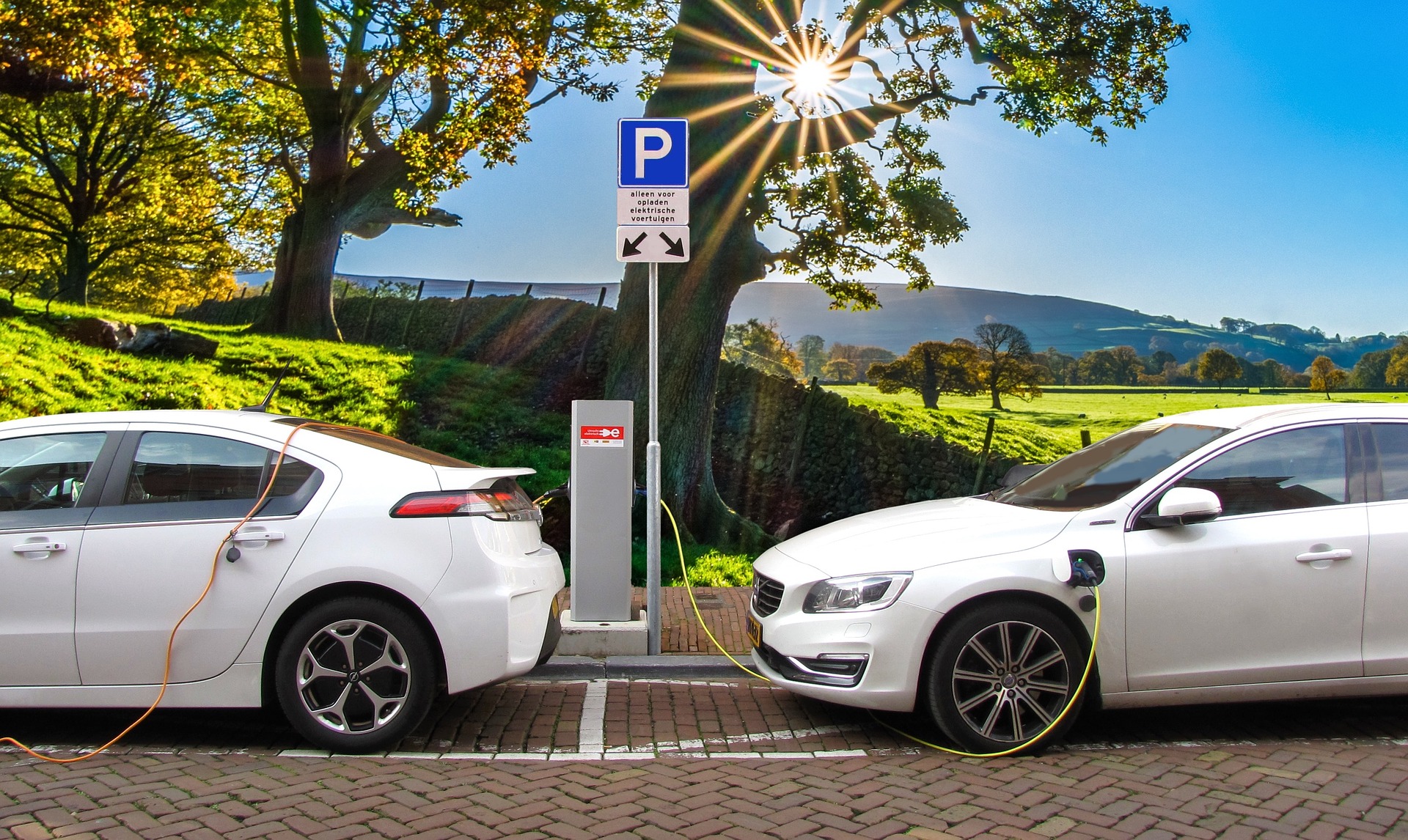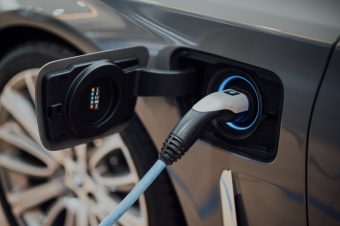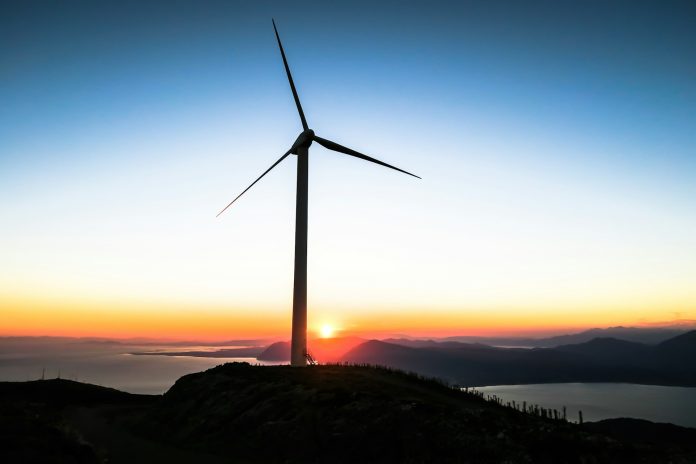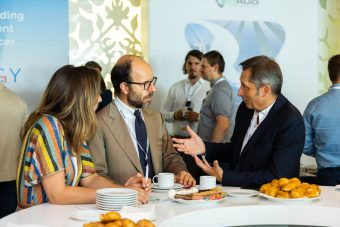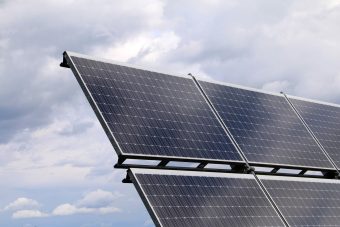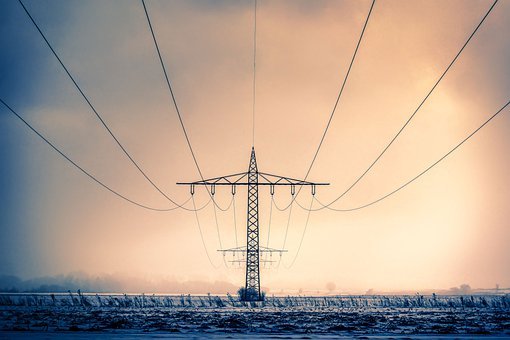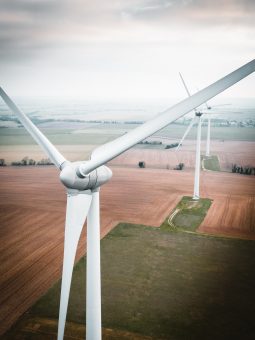The Balkans region is one of Europe’s most promising areas for solar growth. Boasting excellent solar irradiation and a rapidly improving investment climate, the region is making headway in realizing its solar ambitions. The third edition of the Solarplaza Summit Balkans Solar & Storage will once again unite local and international players to discuss business strategies and explore the major challenges and opportunities of the region.
With the region boasting around 2 to 3 GW of installed PV capacity currently, and targeting 30 GW by 2030, it’s clear there’s a lot of untapped opportunity. The region’s solar growth is driven by several factors, including the push for EU integration, advances in solar technology, and a growing desire for energy independence. To do so, the region will have to look towards more than just solar and can fast-track traditional solar market development by integrating energy storage solutions from the get-go.

Of course, the region can not completely be seen as one uniform opportunity. Each country in the Balkans is at a different stage in its solar journey. Bulgaria, for example, has been a regional frontrunner with a significant increase in its photovoltaic capacity, while Croatia is making solid progress towards its overall renewable energy goals. North Macedonia is a fast-rising newcomer that’s rapidly building out solar capacity in the last two years. However, across the board, there are many common hurdles like complex regulations, underdeveloped grid infrastructures, and slow permitting processes that need addressing and where regional strategies come into play.
For those ready to navigate the challenges, there are ample opportunities in these markets. Recent changes to regulations are starting to make things easier, and innovative projects like agrisolar developments are showing how solar can work hand in hand with agriculture, making efficient use of land and resources. Likewise, energy storage projects can significantly enhance the business case and resilience of solar project development. Some Balkan countries are already bullish on storage, as demonstrated by the Croatian government’s EUR 500 million investment into battery system development.
Looking ahead, the future looks bright for the renewable energy transition in the Balkans. The region is expected to see substantial growth in solar capacity, making the Solarplaza Summit Balkans Solar & Storage the perfect place to get insights, make connections, and be part of the energy transition. This event is all about bringing together people who are ready to drive forward the solar energy agenda in the Balkans, as the crowd will consist of both local and international project developers, investors, contractors, service & product providers, as well as technical, legal, and financial experts.
So, if you’re involved in the solar and storage industries or looking to get involved, this summit in Zagreb is where you’ll want to be. It’s a chance to dive into the current state of solar and storage in the Balkans, understand the challenges and opportunities, and help shape the future of solar energy in the region.
For more information see here. Solarplaza Summit Balkans Solar & Storage – 24 October 2024 – Zagreb, Croatia.
Source: Solarplaza Summit

